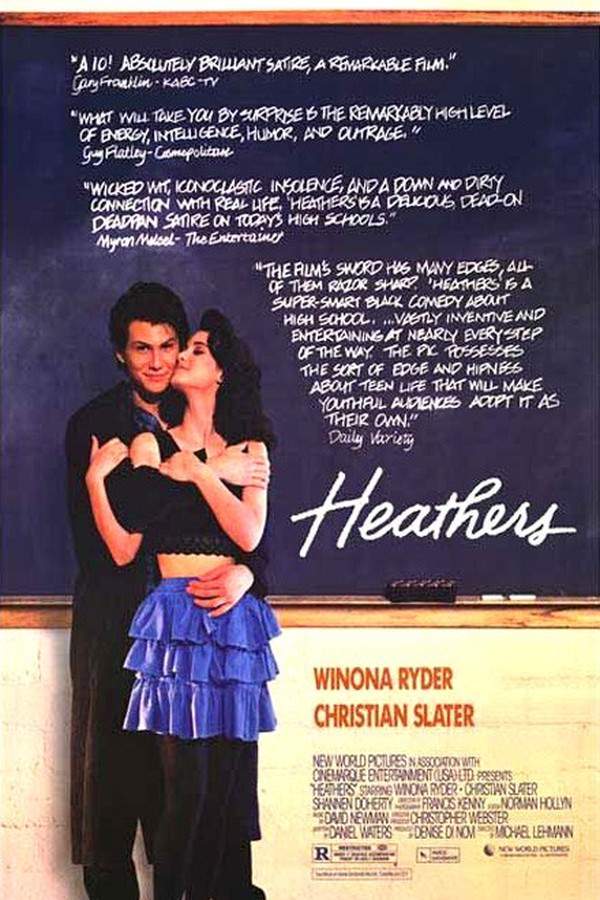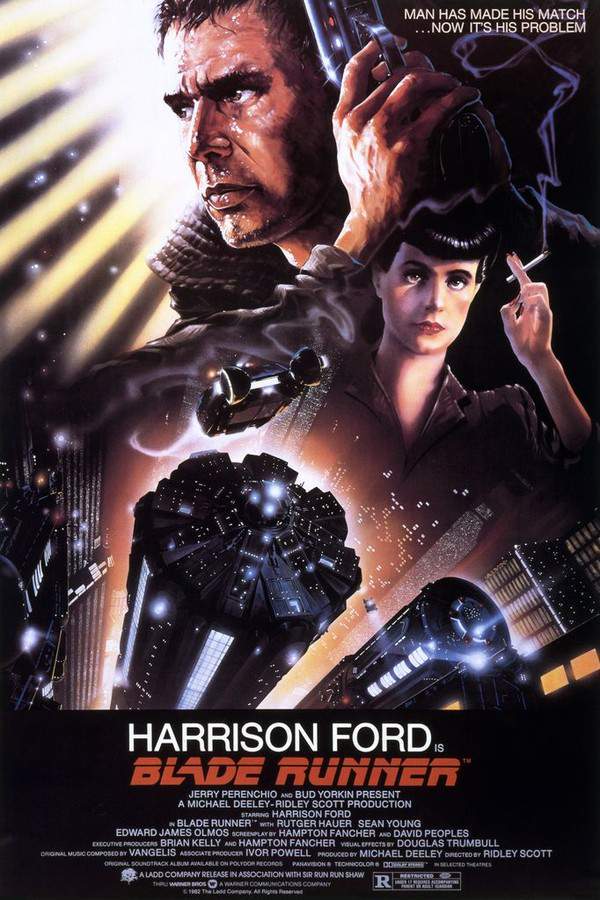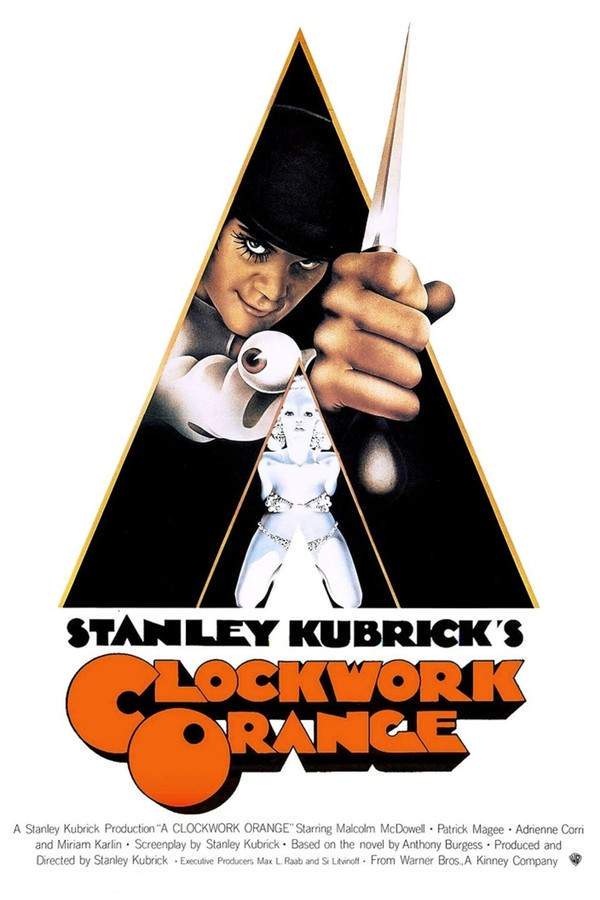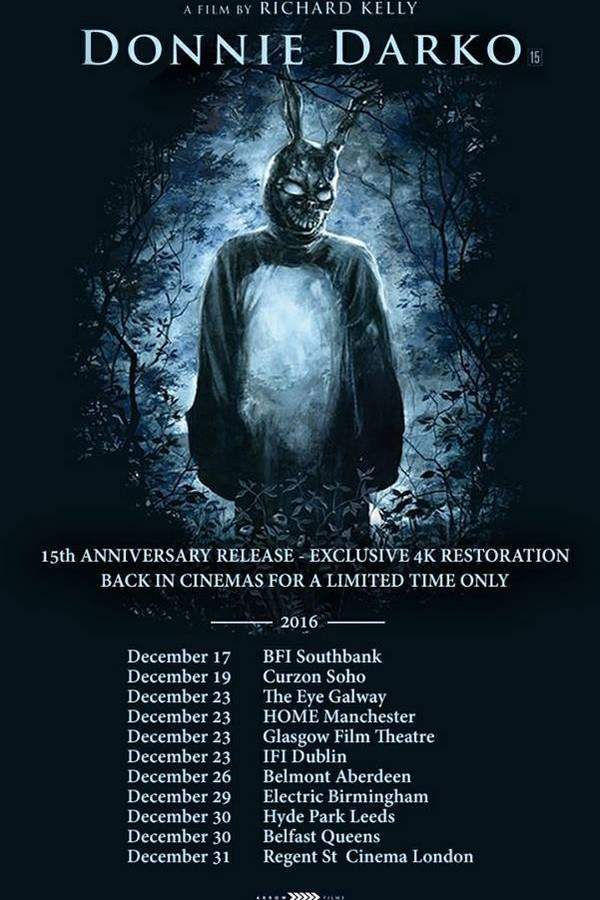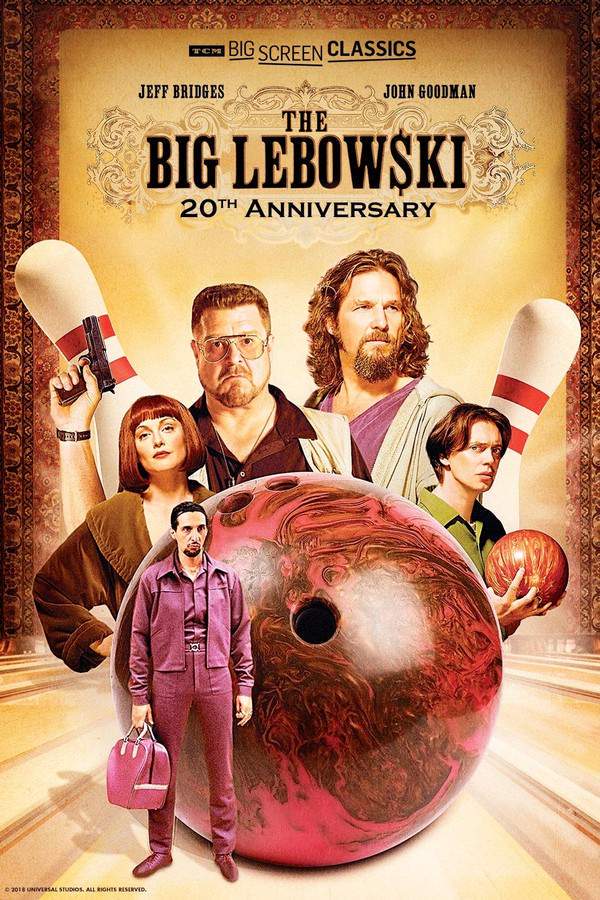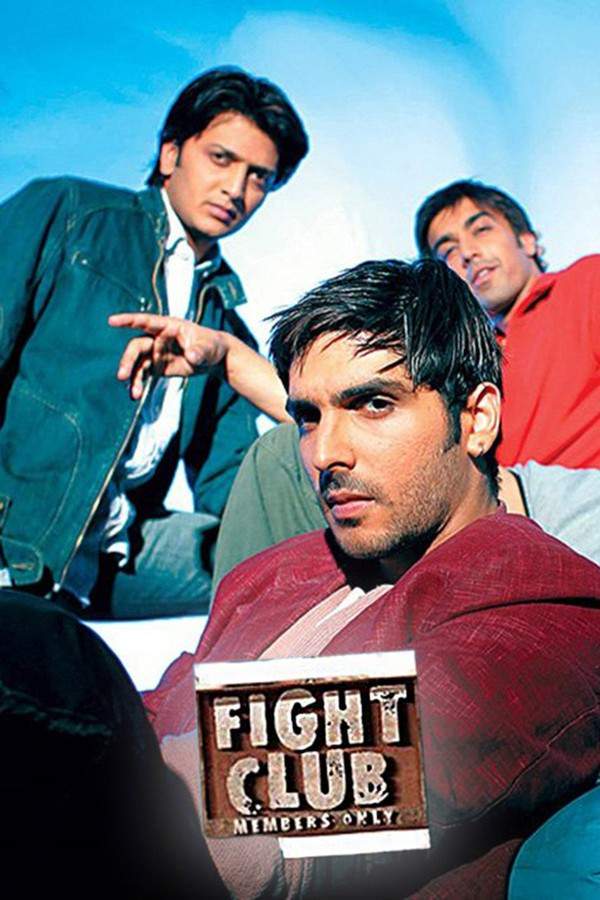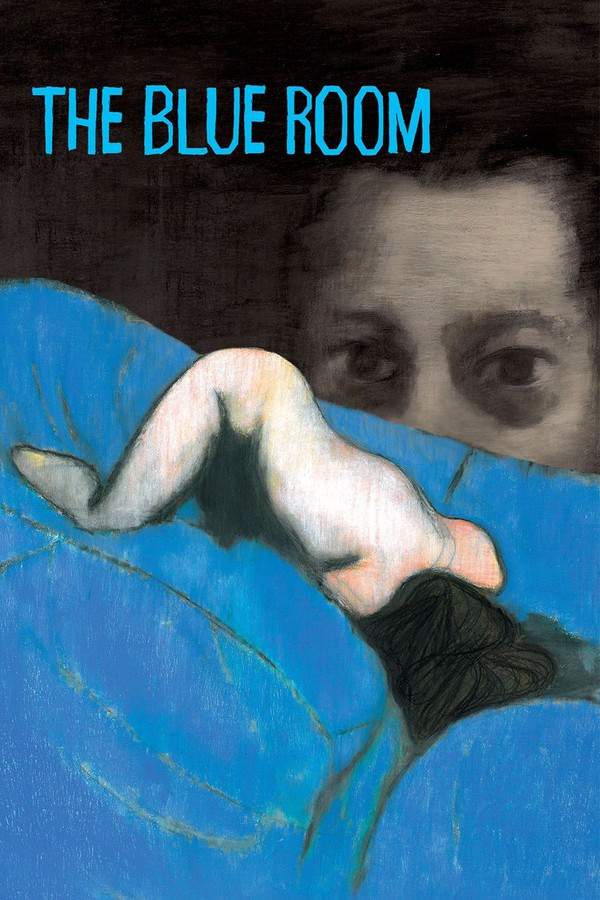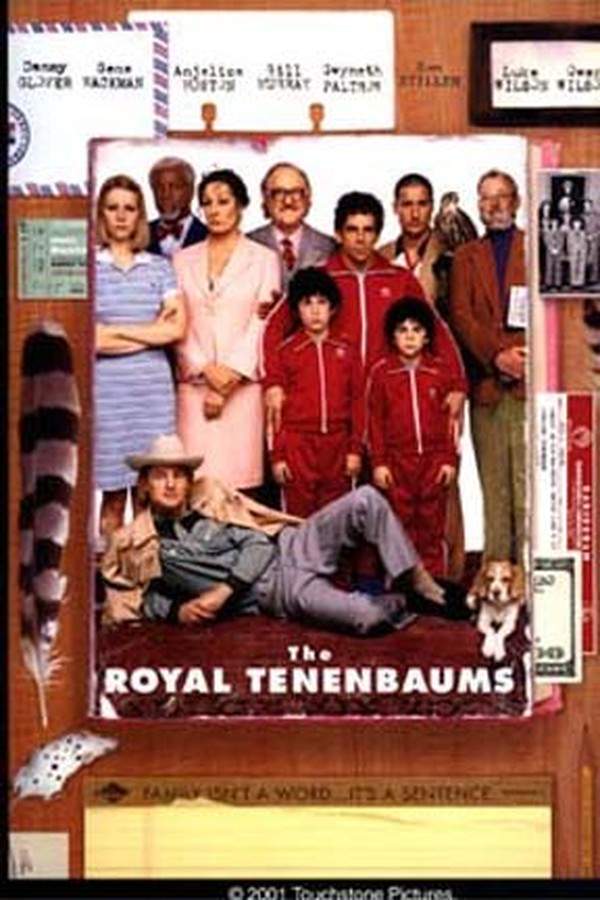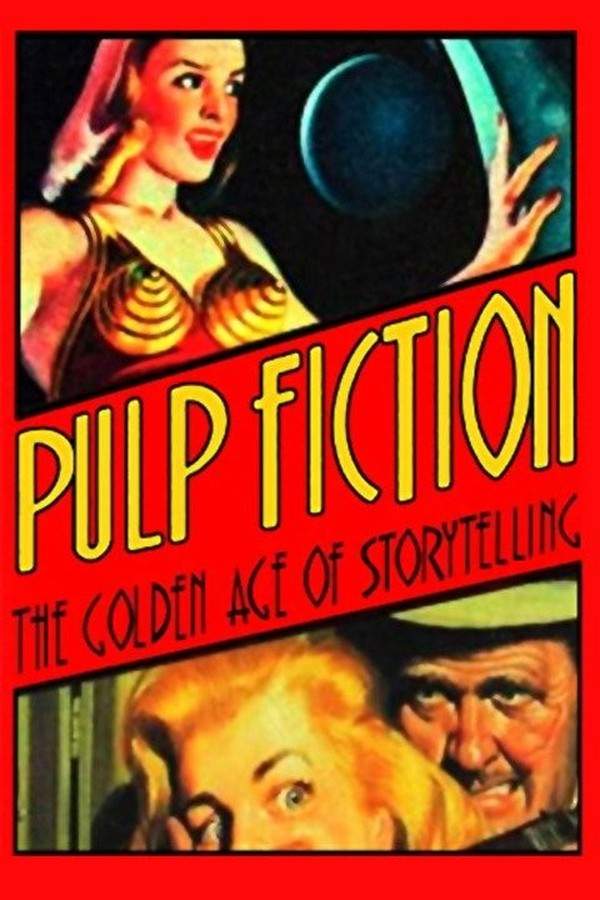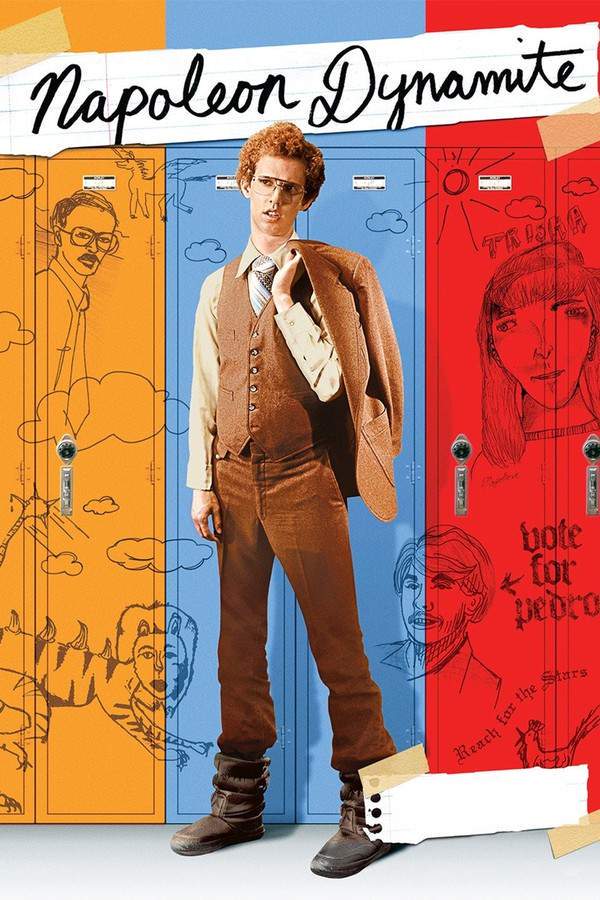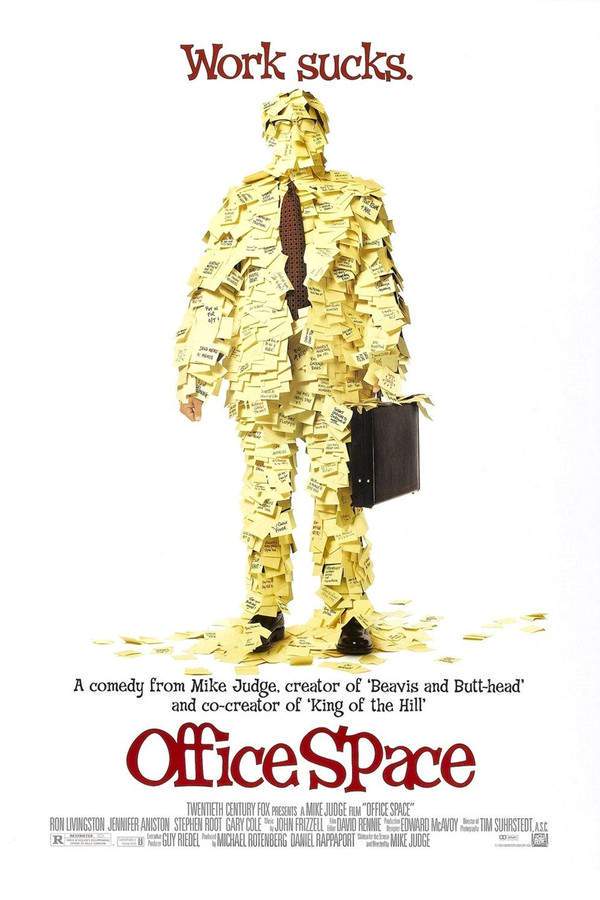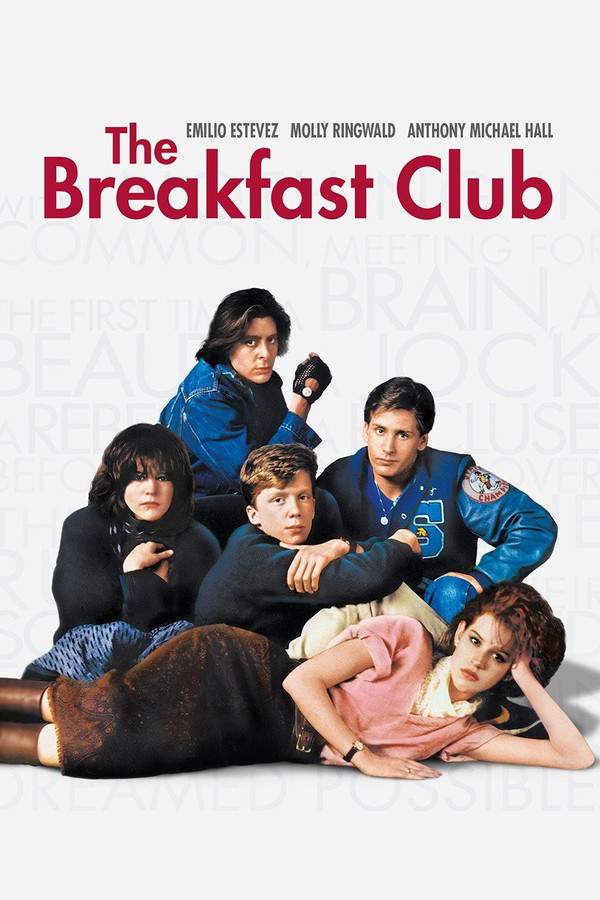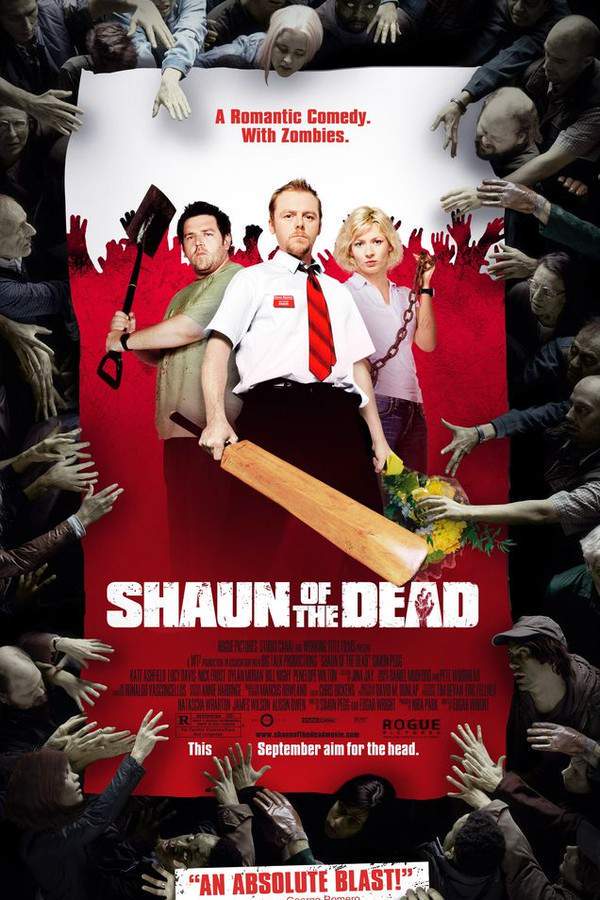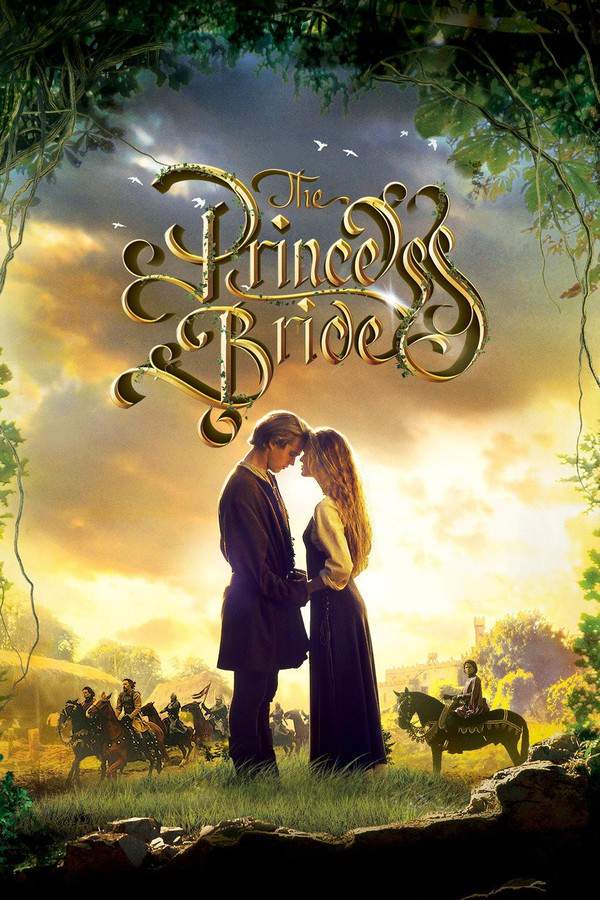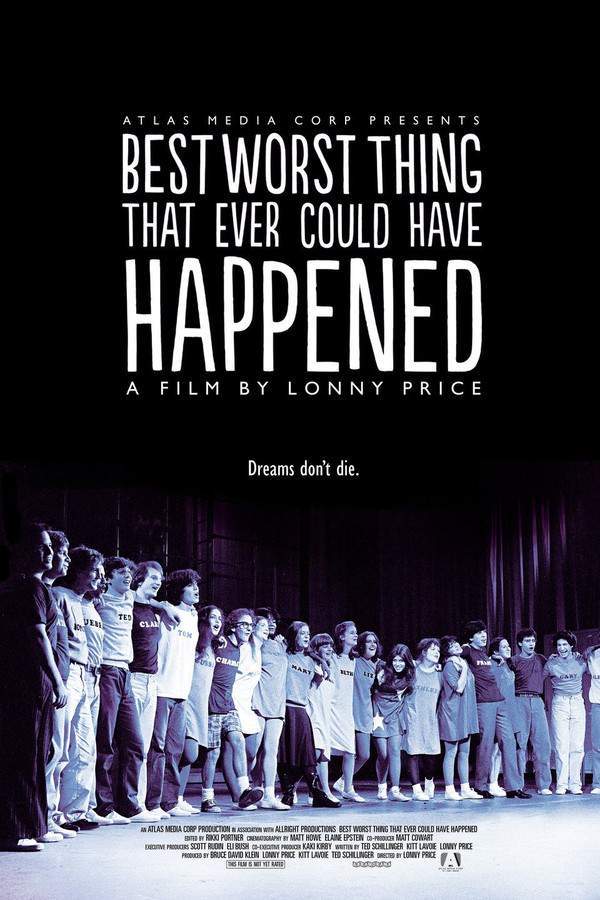What's After the Blog?
Classic Films • Fan Theories
Cult Classics: What Makes a Movie Gain Cult Status?
Explore the intriguing world of cult classics and discover what sets these iconic films apart, from their unique characteristics to the passionate fan communities that keep their legacy alive.
May 11, 2024

Movies mentioned in this article
Cult Classics: What Makes a Movie Gain Cult Status?
Introduction
Cult classics, a term that sparks intrigue and fascination among movie buffs, refers to films that have garnered a passionate, if not somewhat unconventional, following over time. Unlike mainstream hits, these movies often flourish under the radar, gaining momentum through word of mouth, dedicated fan bases, and often, years after their initial release. In this exploration, we delve into the intriguing journey of movies that rise to cult status, unraveling the threads that transform them from ordinary releases to iconic symbols in cinema history.
A cult classic is not just any movie; it’s a unique phenomenon that transcends typical film metrics like box office success. These films, ranging from sci-fi oddities like The Rocky Horror Picture Show to dark comedies like Heathers, create their own niche, often characterized by unconventional storytelling, avant-garde cinematography, or themes that challenge societal norms. They resonate with audiences on a level deeper than just entertainment – they become a part of a subculture, a symbol of a particular time or mindset.
In this post, we’ll explore the magnetic allure of cult classics. What alchemy turns a regular movie into a cult phenomenon? How do fan communities contribute to this status? And, what role does modern technology play in sustaining these movies’ legendary status? Join us as we uncover the mystique surrounding these beloved cinematic treasures.
The Birth of a Cult Classic
The transformation of a film from a standard release to a cult classic is a fascinating process, often as unique as the movies themselves. This metamorphosis typically involves a blend of initial obscurity, gradual discovery, and eventual reverence. Most cult classics start with modest or underwhelming receptions. For example, Blade Runner, now hailed as a sci-fi masterpiece, was initially met with mixed reviews and unimpressive box office numbers. Its rise to cult status was fueled by its visionary aesthetic, philosophical depth, and a director’s cut that sparked renewed interest and debate.
Another key factor in the birth of a cult classic is timing. Some films are ahead of their time, failing to resonate with contemporary audiences only to be rediscovered and appreciated by future generations. The dark satire Network, with its prescient commentary on media and society, struggled initially but grew in esteem as its themes became more relevant. Narrative and Stylistic Boldness: Cult classics often possess a certain audacity in their narrative and style. Films like A Clockwork Orange and Donnie Darko challenged conventional storytelling with their complex, often controversial, themes and visual experimentation. These movies pushed boundaries and, in doing so, etched themselves into the cultural consciousness. Passionate Fan Bases: The role of the audience cannot be overstated in the making of a cult classic. These films often attract a dedicated, niche audience that finds a deep connection with the movie’s content, themes, or characters. The loyalty and enthusiasm of these fans are pivotal in transforming a film into a cult classic. They organize screenings, dress up as characters, and even create fan art or literature, keeping the spirit of the movie alive and spreading its appeal. Community Involvement: Fans of The Big Lebowski, for instance, have established an annual festival, “Lebowski Fest”, celebrating the film’s quirky characters and memorable lines. Similarly, midnight screenings of The Rocky Horror Picture Show have become a cultural phenomenon, with audience participation and live performances. Word of Mouth and Social Media: In the pre-internet era, word of mouth played a significant role in the growth of a cult movie’s popularity. Today, social media amplifies this effect, allowing fans to share their love for these films across the globe, creating a communal experience that transcends geographical boundaries.
In summary, the birth of a cult classic is a complex interplay of timing, audience engagement, and a movie’s inherent qualities. It is a testament to the power of cinema to connect, inspire, and endure beyond its initial release. As we continue to explore the enchanting world of cult classics, these foundational elements provide a lens through which we can appreciate their unique place in film history.
Defining Characteristics of Cult Classics
Cult classics are not just defined by their unconventional path to fame; they possess certain distinguishing features that set them apart from mainstream cinema. These characteristics often resonate deeply with specific audiences, creating a lasting impact that transcends generations. Unique or Controversial Themes: One of the most striking aspects of cult classics is their tendency to explore themes that are either unique or controversial, or both. Take Fight Club for example, with its raw examination of masculinity and consumerism, or The Room, infamous for its bizarre storyline and eccentric execution. These films often provoke thought, challenge norms, and offer new perspectives, drawing in audiences who seek something different from conventional cinematic offerings. Innovative Filmmaking: Many cult classics are renowned for their innovative approaches to filmmaking. Directors like Stanley Kubrick with A Clockwork Orange or Wes Anderson with The Royal Tenenbaums brought distinctive visual styles and narrative techniques to their work, distinguishing their films from more traditional ones. This innovation can manifest in various forms – from unique cinematography and editing to unconventional story structures and dialogue. Cult Followings and Fandoms: The role of fandoms in elevating a movie to cult status cannot be overstated. These dedicated groups of fans often form communities around their favorite films, participating in discussions, creating fan art, and even organizing themed events. For instance, fans of The Rocky Horror Picture Show famously dress up and perform alongside screenings, turning movie-watching into an interactive experience. Quotable Dialogues and Memorable Characters: Part of the charm of cult classics lies in their memorable dialogues and characters. Quotes from films like Pulp Fiction (“Say ‘what’ again!”) or The Big Lebowski (“The Dude abides.”) have entered everyday language, reflecting their impact on popular culture. Similarly, characters like Tyler Durden from Fight Club or Napoleon Dynamite from Napoleon Dynamite remain iconic, often representing the ethos of the film and its appeal to audiences.
In summary, cult classics are a breed apart due to their thematic boldness, innovative filmmaking, and the passionate communities that form around them. Their impact is lasting and often grows over time, as new generations discover and embrace these cinematic treasures.
”Why do some movies become cult classics?”
One might wonder, in a sea of cinematic releases, why do certain films achieve the coveted status of a cult classic? The answer lies in a unique combination of factors that resonate with audiences on a deeper level. Underdog Story: Many cult classics start as underdogs – films that did not receive much attention or acclaim upon release. Over time, these movies find their audience, often through word-of-mouth recommendations. Office Space, for instance, was a modest box office performer but found a dedicated following who related to its satirical take on office life. This underdog quality makes the success of these films feel more personal and cherished by their fans. Timing and Societal Context: Sometimes, the timing of a movie’s release plays a crucial role in its journey to becoming a cult classic. A film may be ahead of its time or may resonate more strongly due to changing societal contexts. Blade Runner, released in 1982, was initially a commercial flop but gained appreciation as its dystopian themes became more relevant. Similarly, The Big Lebowski was not a huge hit upon its release but grew in popularity, with its laid-back protagonist becoming a cultural icon against the backdrop of a fast-paced, success-driven society. Emotional Connection and Relatability: Cult classics often strike a chord with audiences on an emotional level. Whether it’s the teenage angst in The Breakfast Club or the existential musings in Donnie Darko, these films offer a reflection of certain experiences or thoughts, making them relatable and deeply personal to their viewers. Impact on Subcultures: Many cult classics appeal to specific subcultures, offering representation or a voice to communities that mainstream cinema often overlooks. For example, Rocky Horror became an anthem for sexual liberation and nonconformity, resonating with the LGBTQ+ community.
In essence, the reasons why some movies become cult classics are as varied as the films themselves. It’s a combination of timing, thematic depth, emotional resonance, and societal impact that endears these films to their audiences, securing their place in the annals of cult cinema history.
The Role of Fan Communities
The emergence and sustenance of cult classics are inextricably linked to the passionate communities that form around them. These fan communities are not just passive audiences but active participants in the life and legacy of these films. Their enthusiasm and creativity play a crucial role in elevating a movie from a mere flick to a cult phenomenon. Community Engagement and Traditions: One of the most vibrant examples of community engagement can be seen in the traditions surrounding The Rocky Horror Picture Show. Fans dress up, recite lines, and perform dance routines in theatres, transforming standard screenings into celebratory events. This level of engagement creates a unique viewing experience and fosters a strong sense of community among fans. Fan-Made Content and Conventions: Beyond traditional viewings, cult film fans often express their admiration through fan art, fiction, and even fan-made films or parodies. Conventions and festivals dedicated to specific films, like the Lebowski Fest for fans of The Big Lebowski, provide platforms for fans to gather, share their creations, and celebrate their favorite films. These events serve not just as celebrations of the films themselves but as cultural gatherings that reinforce the films’ status in popular culture. Online Communities and Social Media: In the digital age, online forums and social media platforms have become vital spaces for cult movie fans to connect and share their passion. Websites, dedicated social media pages, and online groups allow fans from around the world to discuss their favorite cult classics, share content, and organize events, further solidifying the films’ cult status. Preservation of Legacy: Fan communities are often instrumental in preserving the legacy of cult classics. Through their efforts, these films remain relevant and accessible to new generations of viewers, who might discover them through fan sites, social media, or word-of-mouth recommendations.
In summary, fan communities are the beating heart of cult classics. Their passion, creativity, and dedication play a pivotal role in not only sustaining the popularity of these films but also in defining their cultural significance.
”What are some of the most surprising cult classics?”
The world of cult classics is full of surprises, with some films achieving this status against all odds. These movies often start with little to no expectation of major success but end up capturing the hearts of audiences in unexpected ways. Unexpected Genre Breakthroughs: Sometimes, a film becomes a cult classic by breaking new ground in a specific genre. Shaun of the Dead, for example, blended horror and comedy in a way that was fresh and appealing, creating a new niche for itself. Similarly, The Princess Bride, with its unique mix of fantasy, romance, and comedy, became a beloved classic despite not fitting neatly into any single genre. Commercial Flops Turned Cult Hits: There are instances where commercial failure leads to cult success. Donnie Darko, initially a box office disappointment, found its audience through DVD sales and midnight screenings, eventually gaining a massive following for its complex narrative and dark themes. Office Space similarly underperformed in theaters but became a cult hit on home video, resonating with viewers through its satirical take on office life. Cult Classics from Unexpected Sources: Sometimes, cult classics emerge from the least expected sources. Napoleon Dynamite, a low-budget indie film, became a cultural phenomenon with its quirky characters and offbeat humor. Its success was a surprise even to its creators, demonstrating how unpredictable the journey to cult status can be. Critical Reappraisal: Over time, some movies receive critical reappraisal, gaining cult status as new audiences and critics recognize their value. Films like Blade Runner and The Thing, initially met with mixed reviews and poor box office performance, were later recognized as masterpieces in their genres.
These examples highlight the unpredictable nature of cult classics. They defy expectations and conventional success metrics, finding their place in the hearts of viewers through a combination of unique qualities, timing, and audience connection.
The Impact of Digital Platforms and Social Media
In the age of digital media, the dynamics of how a movie achieves cult status have evolved significantly. Digital platforms and social media have not only changed the way cult classics are discovered and consumed but also how they are celebrated and preserved. Enhanced Accessibility and Discovery: With streaming services and online movie databases, films that once might have faded into obscurity are now readily accessible to a global audience. This accessibility allows for the discovery and revival of movies that might not have had widespread theatrical releases. For example, films like The Room gained a second life through online platforms, reaching audiences far beyond their initial scope. Social Media and Viral Trends: Social media platforms have become instrumental in promoting the cult status of films. Viral trends, memes, and online discussions can significantly boost a movie’s popularity. The cult classic Napoleon Dynamite saw a resurgence in popularity due to internet memes and quotes, illustrating how a film can find new life in the digital age. Online Communities and Niche Markets: Digital platforms have also facilitated the formation of online communities focused on specific genres or films. These communities serve as hubs for fans to share content, organize virtual events, and engage in discussions. This online presence helps maintain the relevance of cult classics and introduces them to new audiences. Preservation of Film History: Digital archives and movie databases play a crucial role in preserving the history and legacy of cult classics. Platforms like ATM not only provide detailed information about these films, including descriptions and ratings, but also offer insights into their cultural impact and significance.
In essence, the digital landscape has broadened the reach and extended the life of cult classics, ensuring that these unique films continue to be celebrated and enjoyed by both old fans and new discoverers alike.
Conclusion
The journey of a movie from a mere cinematic release to a revered cult classic is a complex and fascinating phenomenon. It is a journey marked by unique storytelling, passionate fan communities, and the evolving role of digital platforms. Cult classics defy conventional metrics of success, carving out a unique niche in the hearts and minds of their audiences. They are testaments to the power of cinema to connect, inspire, and endure.
From the bold themes of Fight Club to the quirky charm of Napoleon Dynamite, cult classics encompass a wide range of genres and styles, each with its unique appeal. They remind us that sometimes, the most enduring films are those that initially fly under the radar, only to be rediscovered and cherished by later generations.
As we continue to explore and celebrate these cinematic gems, platforms like ATM serve as valuable resources, providing insights and information about these films and their enduring impact. Cult classics are more than just movies; they are cultural landmarks that continue to inspire and entertain.
We hope this exploration into the world of cult classics has been as enlightening and enjoyable for you as it has been for us. For more insights into the fascinating world of cinema, visit our blog at What’s After the Movie.
This post is brought to you by ATM - your ultimate guide to the world of movies. Discover more about your favorite films and delve into the realm of cult classics with us at What’s After the Movie.
Continue reading

What's After the Movie?
Not sure whether to stay after the credits? Find out!
Explore Our Movie Platform
New Movie Releases (2025)
Famous Movie Actors
Top Film Production Studios
Movie Plot Summaries & Endings
Major Movie Awards & Winners
Best Concert Films & Music Documentaries
Movie Collections and Curated Lists
© 2025 What's After the Movie. All rights reserved.


